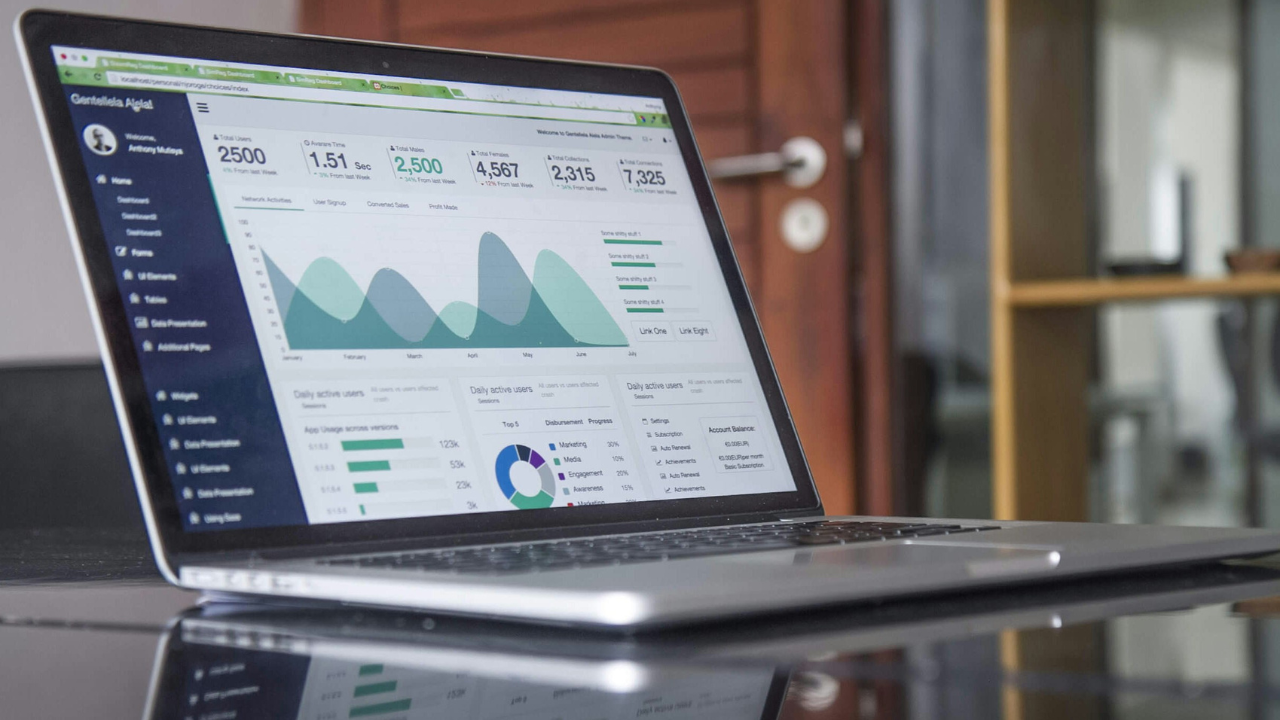What is a Revenue Engine in Business (And Why You Need One in 2025)
(Updated Oct. 2024)
Moving into 2025, businesses must build agile, data-driven revenue engines to stay competitive.
A revenue engine powers sales and growth by optimizing every step of the buyer’s journey—from lead generation to retention.
However, content plays a critical role in fueling this engine.
High-quality, consistent content supports every part of the sales funnel, driving awareness at the top, building trust in the middle, and closing deals at the bottom.
1. Define Your Revenue Model
Before you build your revenue engine, start by defining your revenue model. This framework outlines how your business generates income and how each activity, including content, supports this process.
In 2025, customers expect valuable content at every stage of their journey. Your model should therefore focus on delivering relevant content—whether it's educational blog posts for lead generation, case studies to deepen trust, or product demos for closing deals.
Actionable Tips
Map out the customer journey from discovery to advocacy, and identify what types of content resonate at each stage.
Invest in content that drives traffic and conversions, such as SEO-optimized blogs, white papers, or webinars.
Don’t wait for perfection—launch your content strategy and refine it as you learn.
2. Build Flexibility Into Your Revenue Engine
A high-performing revenue engine needs flexibility, and content plays a pivotal role in this adaptability.
As customer needs and market conditions change, your content must evolve.
Whether it's shifting your messaging or creating new materials, content must remain relevant.
Regularly updating your content—whether it's blog posts, video series, or email campaigns—ensures that your engine is responsive to real-time demands.
Actionable Tips
- Plan content that targets new pain points as they arise, especially at the middle and bottom of the funnel.Use data to guide content creation.
- For example, use A/B testing on landing pages to determine which messages convert best.
- Automate your content distribution, such as drip campaigns, to maintain consistent customer engagement.
3. Evaluate and Optimize Regularly
Your revenue engine should never be static, and the same applies to your content strategy. After assembling your processes, evaluate them for effectiveness.
Which content pieces are converting leads? Are there gaps in your funnel where prospects lose interest?
Consistently optimizing your content, whether it’s improving email open rates or updating old blogs, helps maximize the engine’s performance.
Actionable Tips
Track performance metrics like engagement rates, bounce rates, and time on page to evaluate content effectiveness.
Regularly update content to keep it fresh and relevant, especially for bottom-funnel materials like case studies or testimonials.
Conduct frequent audits of your content library to ensure there are no gaps in the buyer’s journey.
4. Create an Ongoing Need for Your Solution
Creating demand for your solution is about more than just products—content plays a vital role in educating customers and establishing you as the authority in your space.
By consistently producing content that addresses customer pain points and trends, you build trust and ensure your business stays top of mind.
From blogs that address industry changes to personalized follow-up emails, content creates the ongoing need that keeps your revenue engine running.
Actionable Tips
Build a content calendar that aligns with key customer milestones, such as onboarding or renewals.- Use personalized content for each stage of the customer journey to increase engagement and retention.
- Regularly update your core messaging to reflect new trends and customer needs.
Why Content is the Fuel for Your 2025 Revenue Engine
In 2025, a well-functioning revenue engine is not only powered by strong business strategies but also by content that engages and nurtures customers at every touchpoint.
Without consistent, high-quality content tailored to your top, middle, and bottom-of-funnel prospects, your engine can’t run at full capacity.
Whether you're driving awareness with blogs, nurturing leads with webinars, or closing deals with detailed case studies, content is the key to staying competitive and ensuring sustainable growth.
If your content strategy isn’t integrated into your revenue engine, it’s time to start today.
By leveraging content at every step, you'll optimize your engine for higher engagement, better conversions, and long-term success.

.webp)


